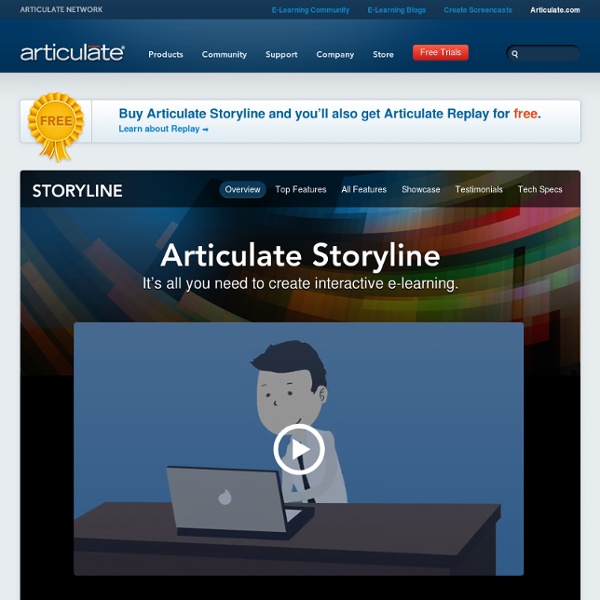



Creating interactive video from the Course Articulate Storyline Advanced Techniques People dig videos, and people dig interaction. Put those two together, and you usually get a pretty engaging piece of e-learning. In the product section of this course, I have a short video clip that demonstrates the end of the installation process of a solar panel. The tightening of the lower outer panel, in particular. Within a certain section of the timeline, a marker comes on screen and if the learner is interested in learning more about that step in the process and how installation relates to performance, they click on the marker and receive information about it. Let's preview this. So first we'll want to play our video and insert cue points where the marker should come on and off that is when you installer is tightening the lower outer panel. Cue points can be really handy reference markers. So, the step in the process begins right about there, so, that's where that marker will come in, and then, it will go off. We'll come down here to outer panel. We'll select Okay.
home - easygenerator Deutschlabor blubbr - Play & create video trivia games Cognitive Tutor Authoring Tools: Home The evolution of education technologie How to enhance YouTube video embedding and SEO on WordPress and other platforms HUGIN EXPERT - Advanced Decision Support using Bayesian Networks and Influence Diagrams student writing: innovative online strategies for assessment & feedback The manifesto for teaching online is intended to stimulate ideas about creative online teaching. It was written by teachers and researchers in the field of online education, in connection with the MSc in E-learning programme at the University of Edinburgh. It attempts to rethink some of the orthodoxies and unexamined truisms surrounding the field. Each point is deliberately interpretable, and this page is a starting point for some of those interpretations. If you are working with the manifesto, or part of it, put a comment on our manifesto web site: or email us a link to any online content you produce - we will add a link to our site. 24 February - an article in Inside Higher Ed discusses the manifesto as a "meme". On this page: the text Manifesto for teaching online - Written by teachers and researchers in online education. Distance is a positive principle, not a deficit. The possibility of the ‘online version’ is overstated. the PDF the video
Rapt Media - Tutorial: Creating an Interactive Video Welcome to Rapt Media, the creative platform for Interactive Video. Here you will find a step-by-step tutorial on how to utilize the basic tools for creating an Interactive Video. We will also update this post and interactive tutorial continuously as we develop new features for our interactive video editor. To add media, click the “ADD VIDEO” button in the bottom right corner of the editor. Once you’ve uploaded your media, click and drag your first clip into the start node. Double-click a node to open the node editor. When your project is complete, click the publish button in the upper right corner of the editor. With a Silver Tier or higher subscription, you can link viewers to external websites directly from your project buttons. To trim clips that you’ve uploaded to your project, double-click on the thumbnail of the clip you want to edit. Now you know the basics of how to build an interactive video with Rapt Media. Try it for free
How To Design Great EdTech Tools The 3-day LeanUX NYC event held April 11-13 at NYU was a mix of hands-on workshops and short presentations, all led by folks from different industries who have successfully applied lean and agile principles to designing better UX experiences. (Particularly impressive was the diverse mix of men and women presenting.) Many startups religiously follow lean advice from the likes of Eric Ries (Lean Startup), Steve Blank (Customer Development), and others that focus on continuous cycles of building, measuring, and learning through testing assumptions, validating learning, and building MVPs (Minimally Viable Products). But edtech companies are idiosyncratic. Much of traditional education technology has been clunky, difficult to use, and often unable to address the problems of most concern to educators. One aspect of understanding client needs is to test assumptions-- even if members of the team are prototypical users (former teachers, administrators, etc.).
Deutschlabor Free. Open-source. Peer-reviewed. High-quality textbooks for your college course. - OpenStax College Free. Open-source. Peer-reviewed. High-quality textbooks for your college course. An Easy Choice for Faculty Built to standards that faculty expect. Learn More >> The Right Price for Students The perfect price for a student budget: free. Learn More >> An Institutional Standout Looking for ways to make your institution stand out as an affordable alternative? Learn More >>